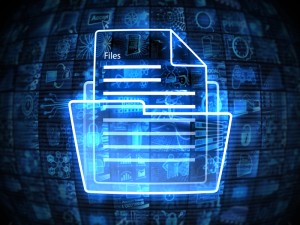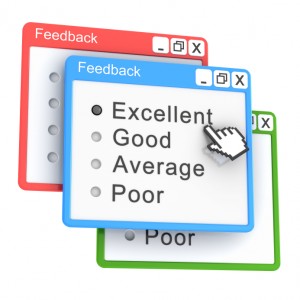As a solution provider it is our aim to provide customers the right solutions that best fit with the strategy of the organisation. 
In this post, Print, digital and the environment I discussed the importance of consultation with customers and employees when it comes to considering electronic methods of communication rather than simply dismissing paper as a means of communications.
Where can epayslips fit in and should I be considering them as an alternative to paper slips?
E-solutions and e-comms are developing at a fast rate and at some point during our working day we are likely to receive some form of e-communications whether it is a reminder that our mobile bill is ready for collection to a newsletter or an electronic invoice sent from one of our suppliers.
Online accessibility of information through the use of tablets to iphones has made it significantly easier to view your payslips or any other document online. The widespread availability of apps means that often there is a mobile version available to view.
Part of Digital Print Management’s services are outsourced payroll printing.
Some companies outsource their payroll functions and manage the distribution of payslips internally, others outsource the complete payroll process but retain control of a portion of their payroll processing like their pensioners.
Epayslips aren’t for everyone and there is a certain degree of comfort in receiving that monthly piece of paper that says I’ve been paid.
 In this example paper slips are generated monthly and posted out, epayslips would not work for the simple reason the company knows its aged employees well has surveyed them regarding migration to epayslips and the overwhelming response was a preference for a paper payslip.
In this example paper slips are generated monthly and posted out, epayslips would not work for the simple reason the company knows its aged employees well has surveyed them regarding migration to epayslips and the overwhelming response was a preference for a paper payslip.
Old dogs die hard – old habits are difficult to change.
What options are there for epayslips?
Standard online epayslips have low adoption rates. In comparison ‘push’ delivery of epayslips increases the recipients adoption of paperless documents.
Emailing payslips (or using a push service whereby the payslip information is pushed to the employee via the sender, sent either as an encrypted PDF attached to an email or embedded within the email) you can read more about pull e-services here.
The traditional ‘pull’ process is convenient for the sending organisation but cumbersome for most recipients. Senders ‘deliver’ their epayslips electronically by loading them on a website and then sending an email notification to recipients.
What are the advantages of ‘push’ and ‘pull’ epayslips
If you take a look at my slides and they highlight the advantages and disadvantages of the options available.
[slideshare id=36673825&doc=e-payslips-140706103558-phpapp01]
Many of Digital Print Management’s customers use a combined print, push/pull distribution of payslips which works very effectively.
Every organisation is unique and is restricted or enhanced by its payroll software.
Ultimately the epayslip model chosen is often determined by the strategy of the HR and/or Payroll department, the types of employees from weekly, monthly and from young to old will also determine the successful take up of epayslips.
But, there is no reason why the use of paper payslips and epayslips can’t co-exist in our working environment.
Whether it is E-statements, E-billing the same process detailed above can be applied. The key to successful uptake is understanding your employees and customers to ensure a timely and effective transition to E-documents.
























